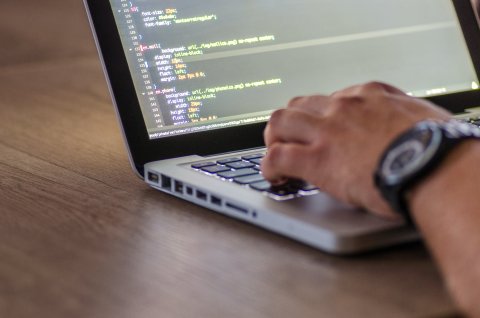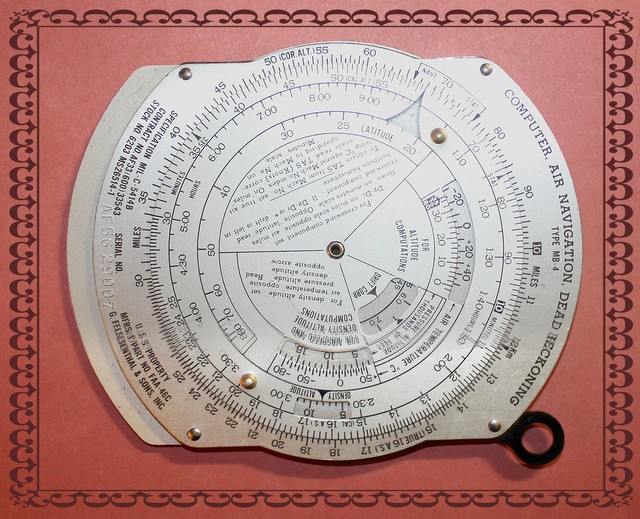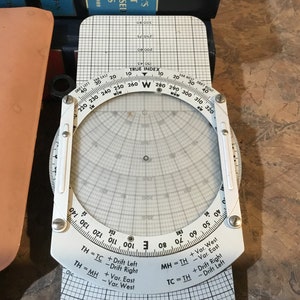

The development of radar, loran, and radio direction finding during World War II caused fundamental changes in navigational practice a mariner or pilot today can turn on a Loran or Global Positioning System receiver and determine position and course to within a few yards. The next great revolution in navigation occurred in the 20th cent., when radio signals came into wide use. The use of buoys and the making of careful charts made navigation easier, while the fixing of positions by sextant and astronomical charts was greatly improved. The system of dead reckoning, which was much refined, is the art of finding a position by calculating the point of departure (i.e., the last known point of latitude and longitude), the course (as shown by the compass), the speed and the distance traveled according to the log, and the time elapsed. saw the development of books on navigation that far surpassed any earlier instructions, such as the standard book by Nathaniel Bowditch, an American mathematician. The appearance of the Nautical Almanac (see ephemeris) in 1767 was a great step forward in navigation, and the 19th cent. a quadrant could be used to find latitude and a log line and half-minute glass could help keep track of distance traveled but the problem of finding the longitude remained unsolved until the invention of the chronometer. by the Scottish mathematician John Napier all helped advance navigation.īy the middle of the 18th cent. Mercator's work in improving charts at the end of the 16th cent., the works of the Spanish scientist Martín Cortés during the same period, the determining of the earth's circumference, and the introduction of logarithms at the beginning of the 17th cent. Vasco da Gama on his first voyage around the Cape of Good Hope in 1497 used an astrolabe. The navigating equipment carried by Columbus probably was simply a compass, a cross-staff, and a table of the sun's declination. Another device used for finding latitude was the astrolabe. The altitude could then be read on a scale marked on the staff. To measure the altitude of a heavenly body, the instrument was sighted in that direction, and the cross was moved forward or back until the heavenly body appeared through the upper hole and the horizon through the lower. (66-cm) cross a small hole was bored, and at the end of the staff a sight was fixed.

It consisted of two pieces of wood, the cross at right angles to, and sliding on, the staff.

The cross-staff was used to find latitude early in the 15th cent. With the development of shipbuilding and the increase in knowledge of astronomy, there was increased use of instruments. there was progress by the Portuguese under the leadership of Prince Henry the Navigator, who built an observatory and formulated tables of the declinations of the sun collected a great amount of nautical information, which he placed in practical form made charts and sponsored expeditions that led to numerous discoveries. A tremendous advance in navigation had taken place with the introduction of the compass. During this period the study of bodies of water, or hydrography, was given much attention, and harbors and the outlets of rivers were surveyed and buoyed. In England, Queen Elizabeth I did much to establish navigation laws, giving additional powers to Trinity House, a guild that had been created in 1514 for the piloting of ships and the regulation of British navigation. The Polynesians navigated from island to island across the open ocean using observations of guide stars and the moon, the winds and currents, and birds, knowledge of which was passed from generation to generation. They built large ships and, traveling out of sight of land by day and by night, probably circumnavigated Africa. The Phoenicians were among the most daring of the ancient navigators. In ancient times, mariners navigated by the guidance of the sun and stars and landmarks along the coast. Navigation, science and technology of finding the position and directing the course of vessels and aircraft.


 0 kommentar(er)
0 kommentar(er)
